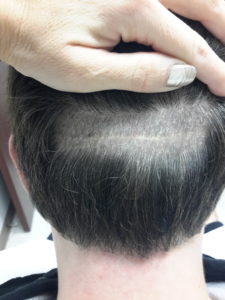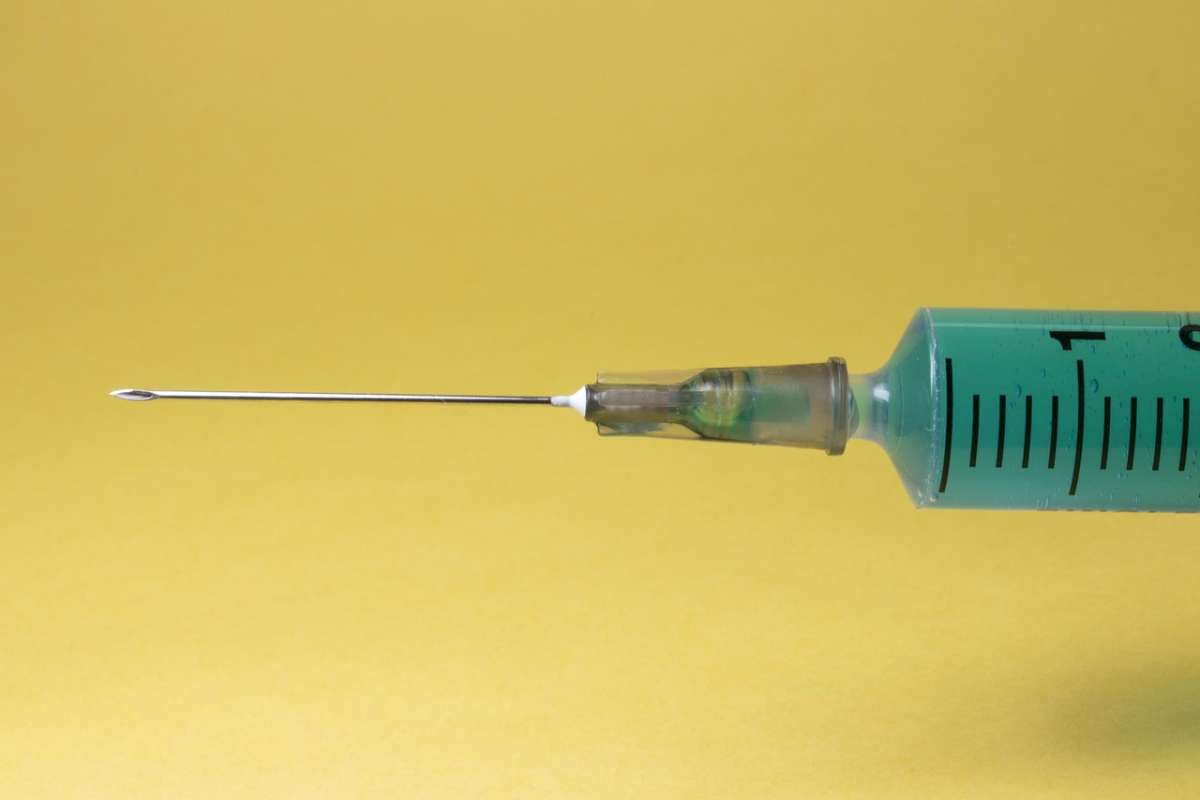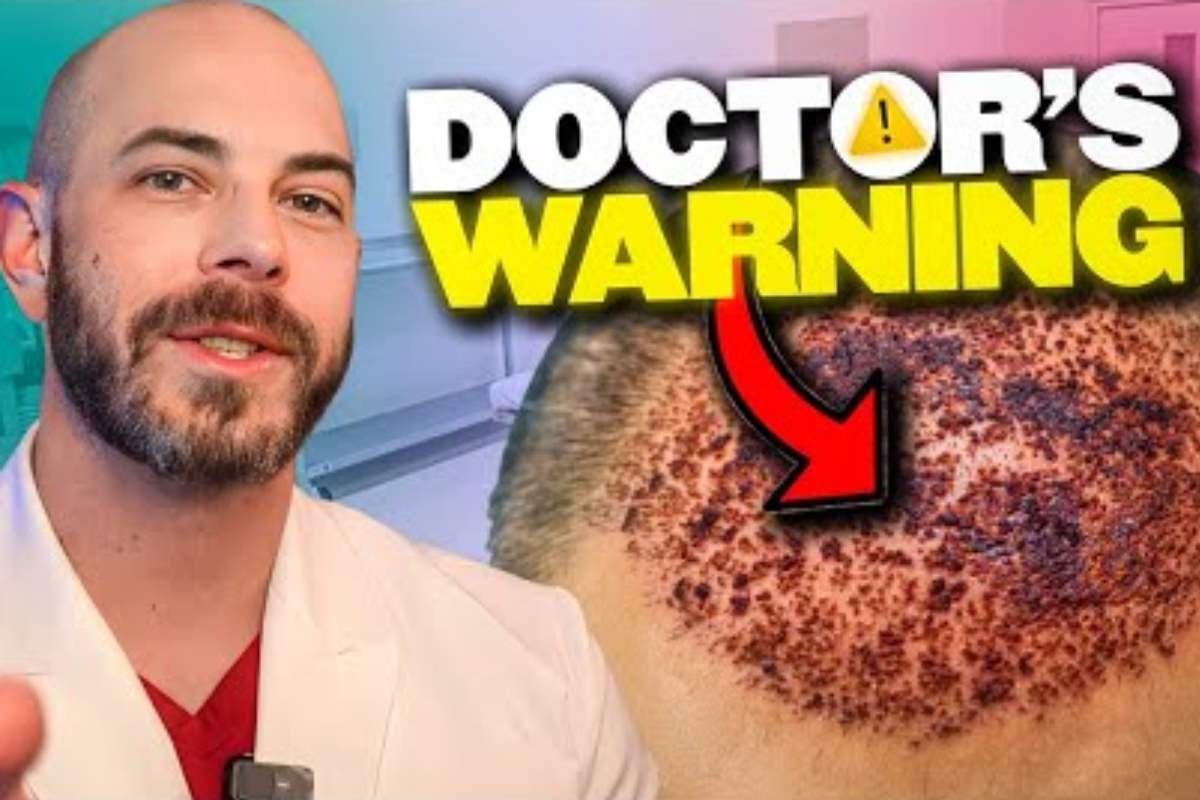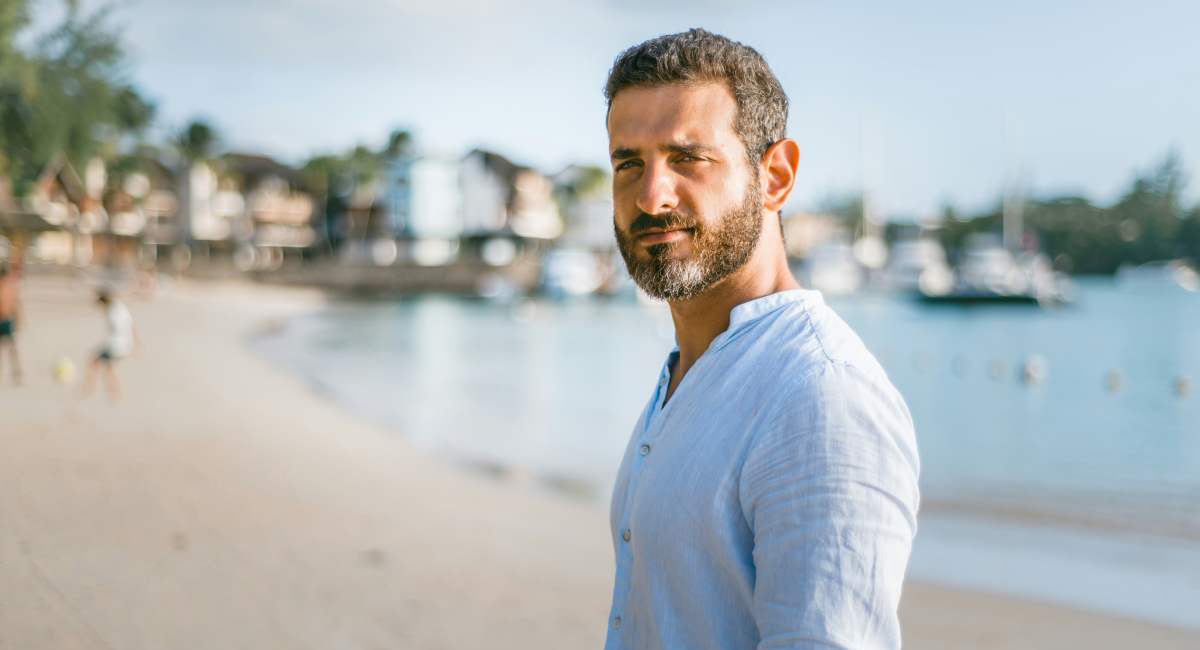What is the last thing that you would expect someone who just underwent a hair transplant to do? Shave their head.
Even though this may seem counterintuitive after undergoing a hair transplant in the first place, there are a few reasons why a person may shave (or buzz) their head after undergoing the procedure. Some people just want the option of being able to buzz their hair short in the summer. Others worry about losing their hair due to chemotherapy for cancer. A more likely reason for wearing short hair later is that your hair will continuing to fall out as you get older and maybe you don’t want another hair transplant or are unable to get multiple hair transplants. These are reasons you may want to wear your hair short later on.
Despite any false claims in advertisements, there’s NO SUCH THING as “scar-less surgery.” ALL current hair transplant procedures leave scars in some capacity, though some are less noticeable than others. There are currently two main methods of hair transplantation and each one will leave you with a different scar pattern in your scalp. Thankfully as technology and the process improves, these scars can be kept to a minimum.
Let’s take a look at the two primary transplant procedures to give you an idea of what your scar might look like in case you were to shave your head after undergoing a hair transplant.
What Will My Hair Transplant Scars Look Like?
As we mentioned above, there are two different methods of hair transplant currently available, the FUE method and the FUT method. Both methods are being used around the world currently and both will provide you with excellent results when it comes to making your hair look fuller, but each method does leave a different scar pattern based on the way that the donor hair is excised from the scalp.
FUE Hair Transplant Method Scarring
If you think you’re going to need to shave your head after your hair transplant surgery, follicular unit excision (FUE) with the ARTAS Robotic System, or other device might be the best option for you. This procedure leaves scattered scars that are virtually undetectable even with shorter haircuts.
How? Well, instead of making a linear incision on the back of your head, FUE involves making very small, round punches of individual follicular units (a group of one to four hairs). The surgeon then extracts the grafts, which include the hair follicle, bulb, and a small amount of surrounding tissue, by hand.
The round punches made on the back of your head leave small dot-shaped scars. These are easier to conceal than linear scars that the traditional transplant method creates. That being said, the FUE scars may be noticeable if your head is completely shaved to the skin, or at very short lengths like less than a 2-guard on the clippers. Most people would have to be looking very closely to see them, so we recommend a fade cut instead of shaving when possible. This way, there’s no giveaway that you’ve had a transplant.
FUT Hair Transplant Method Scarring
Follicular unit transplantation (FUT), sometimes referred to as “strip harvest,” leaves a more obvious linear scar than an FUE hair transplant does. However, with meticulous surgical technique and good wound healing, the linear scar is usually only 1 mm wide. As long as you don’t cut your hair very short, the narrow scar is usually completely camouflaged within your hair as long as it is ¼ – ½ inch long. Any scissor cut should be plenty long enough to hide the FUT scar. Still, if a buzzed head is in your future, you might consider getting FUE instead.
 During the FUT procedure, the doctor removes a thin (but long) strip of tissue from your head, called the donor area. Dr. Krejci performs this with a surgical blade and other delicate surgical instruments, followed by a “trichophytic closure” in order to create a thin linear scar. With a trichophytic closure, some hair will regrow right through the scar, making it even less noticeable. From there, grafts are meticulously dissected under a microscope into follicular units. You can see an example of a patient who underwent FUT and is now coming back for another procedure to your right. His hair is shaved to prepare for surgery and to show the previous scar.
During the FUT procedure, the doctor removes a thin (but long) strip of tissue from your head, called the donor area. Dr. Krejci performs this with a surgical blade and other delicate surgical instruments, followed by a “trichophytic closure” in order to create a thin linear scar. With a trichophytic closure, some hair will regrow right through the scar, making it even less noticeable. From there, grafts are meticulously dissected under a microscope into follicular units. You can see an example of a patient who underwent FUT and is now coming back for another procedure to your right. His hair is shaved to prepare for surgery and to show the previous scar.
Post-Op Care and Scarring
Following the proper post-op instructions from your surgeon will also help with allowing the donor areas to heal better, thus leaving you with less visible scarring. Be sure to listen to your doctor’s advice and follow their guidelines after your surgery.
This isn’t just important in terms of scarring, but it will also help your hair transplant results in the long run. Following the post-op instructions will help to prevent infection and/or rejection of the implanted hair follicles. Infection can lead to other issues that could cause further damage to your scalp and your overall health, so it’s very important to adhere to the post-op care instructions given to you by your doctor.
Choosing a Skilled Doctor
Another way to help minimize scarring is to make sure you’re working with a skilled, experienced, surgeon. A good surgeon will be familiar with the equipment and the process, as well as different types of hair textures and ethnicities, and will be able to strategically place the scars so that they are in the least visible places.
In addition to a skilled surgeon, if you can find an office, like The Limmer Hair Transplant Center, that has a long-standing team of dedicated technicians, you are sure to have a great outcome. We love to brag about our team because the Limmer team has over 150 years of combined experience between the 8 highly-skilled technicians. As the first hair transplant center in the country to perform FUT, under the visionary guidance of Dr. Bobby Limmer, you will not find a more experience team!
Hair Growth Alternatives That Leave No Scar
If you don’t want to have any trace of a scar on your head, surgery isn’t the only answer to having a thicker head of hair. The Limmer Hair Transplant Center offers a variety of effective hair growth treatments that involve no incisions. Two of our most popular non-surgical treatments are Platelet-Rich Plasma (PRP) and Low-Level Laser Light Therapy, also referred to as “photobiomodulation”. Both treatments can stimulate new hair growth, resulting in a thicker head of hair.
These non-surgical treatments will not give you the same results as a traditional hair transplant, but they can help to stimulate hair follicles and promote hair growth. They will not result in any scars, so you will be able to cut your hair as short as you’d like at any time and not have to worry about visible scarring.
Don’t be turned off by a hair transplant though, modern hair transplants don’t leave you with large, unsightly scars. New techniques and technology allow for the most undetectable scarring possible which will be completely hidden by your head of hair. Usually, these small scars can only be seen when you have a very short haircut! Contact The Limmer Hair Transplant Center today to learn more about your hair growth options.







